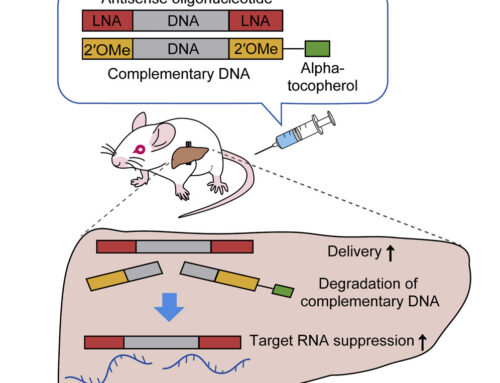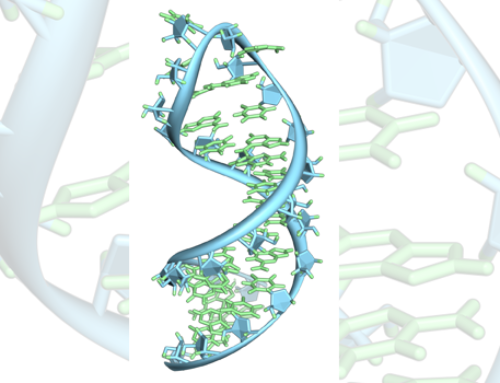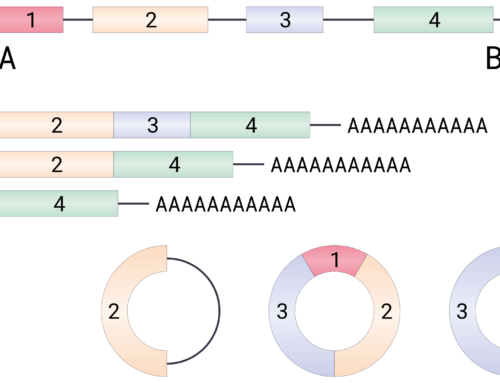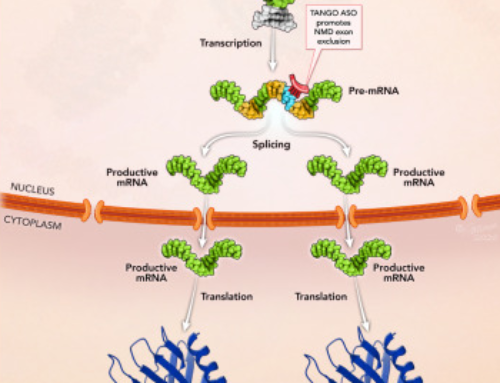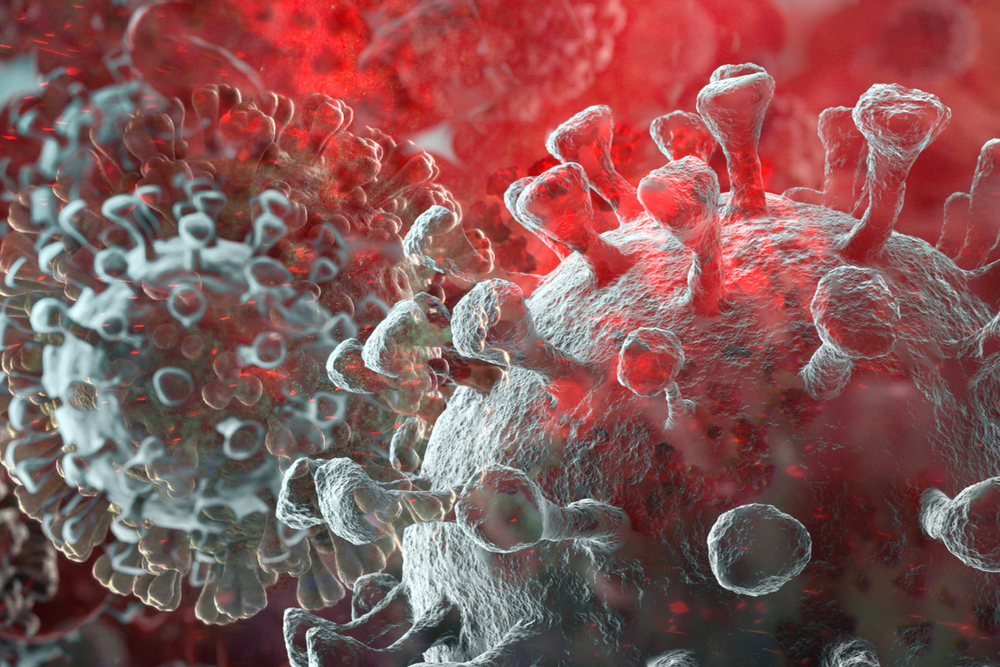

July 2020 Joint Papers of the Month
Phase 1/2 study of COVID-19 RNA vaccine BNT162b1 in adults.
Mulligan MJ, Lyke KE, Kitchin N, Absalon J, Gurtman A, Lockhart S, Neuzil K, Raabe V, Bailey R, Swanson KA, Li P, Koury K, Kalina W, Cooper D, Fontes-Garfias C, Shi PY, Türeci Ö, Tompkins KR, Walsh EE, Frenck R, Falsey AR, Dormitzer PR, Gruber WC, Şahin U, Jansen KU.
Nature. 2020 Aug 12. (preprint posted July 01, 2020)

Dr. Judith Absalon
An mRNA Vaccine against SARS-CoV-2 – Preliminary Report.
Jackson LA, Anderson EJ, Rouphael NG, Roberts PC, Makhene M, Coler RN, McCullough MP, Chappell JD, Denison MR, Stevens LJ, Pruijssers AJ, McDermott A, Flach B, Doria-Rose NA, Corbett KS, Morabito KM, O’Dell S, Schmidt SD, Swanson PA 2nd, Padilla M, Mascola JR, Neuzil KM, Bennett H, Sun W, Peters E, Makowski M, Albert J, Cross K, Buchanan W, Pikaart-Tautges R, Ledgerwood JE, Graham BS, Beigel JH; mRNA-1273 Study Group.

Dr. Lisa Jackson
The world-wide pandemic of coronavirus disease 2019 (COVID-19) caused by the severe acute respiratory syndrome coronavirus 2 (SARS-CoV-2) reveals the need for rapid vaccine development in our highly connected world. Messenger RNA-based vaccines offer unique speed and manufacturing advantages over conventional and DNA vaccines. Read this or this for a more in-depth discussion of these advantages and watch these videos for a more detailed explanation of how mRNA vaccines work:
The selected papers report preliminary safety, tolerability, and immunogenicity data from phase I trials of two different mRNA vaccine candidates: mRNA-1273 and BNT162b1. Both candidates contain modified nucleosides and are encapsulated in lipid nanoparticles for delivery. BioNTech’s BNT162b1 expresses a trimerized spike (S) glycoprotein receptor-binding domain (RBD), while Moderna’s mRNA-1273 encodes a stabilized S-2P antigen. Both use a two-dose regimen: 21 days apart using 10 µg, 30 µg, or 100 µg doses for BNT162b1 and 28 days apart 25 µg, 100 µg, or 250 µg doses of mRNA-1273.
Both candidates’ tolerability and safety profile were consistent with previous mRNA vaccine studies, with mild to moderate fatigue, chills, headache, myalgia, and pain at the injection site as the most common adverse events. Their number and severity increased with dose and repeat administration.
Both candidates elicited strong binding antibody titers and neutralizing antibody titers exceeding convalescent sera in all participants after two doses. Messenger RNA 1273 elicited low levels of CD4+ T cell response (up to 0.2% of cells) mainly expressing Th1 cytokines upon activation, with little CD8+ response. Although Mulligan et. al. did not report on the T cell response to BNT162b1, a second paper published soon after offers more detail.
These preliminary results are certainly promising and show excellent antibody responses exceeding those achieved with traditional and DNA vaccines. Together with previously published animal challenge studies these data strongly suggest that both vaccine candidates will achieve immunity against SARS-CoV-2 at least in the short term. However, the question remains how long the antibody responses remain sufficient. Data in Jackson et. al. hints at reductions in antibody levels beginning at day 57, the last data point presented. Current thinking also suggests that eliciting a strong T cell response, specifically CD8+ T cells, may be more useful for long term immunity.
Why you should read it
Messenger RNA-based vaccines for SARS-CoV-2 are revolutionising the rapid response to pandemic diseases.
Addendum: BioNTech is proceeding with a different candidate, BNT162b2, into further clinical trials due to a more favourable side effect profile (see here for a comparison between the two).


